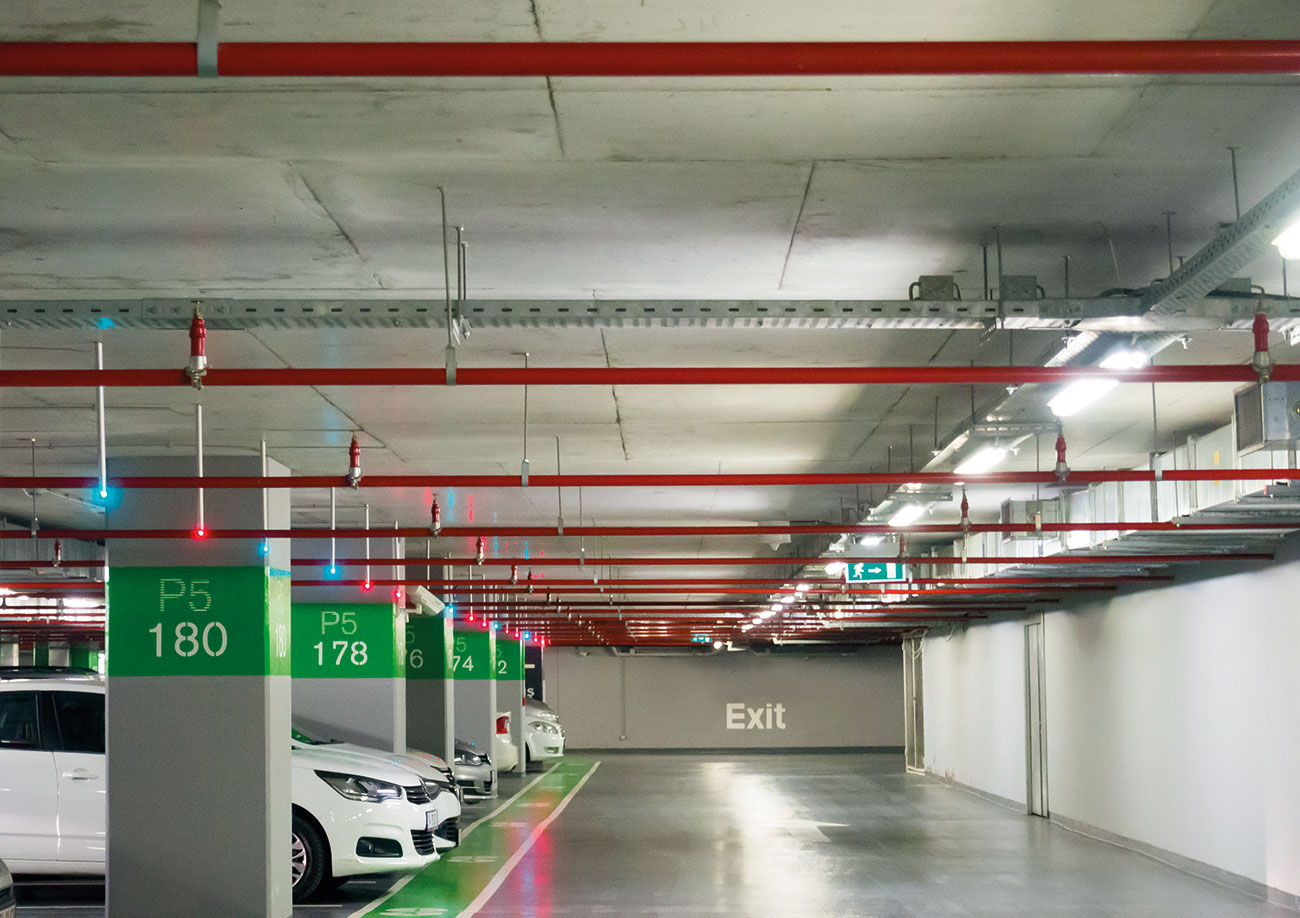
Why You Should Think About Sprinkler Freeze Protection This Summer
Planning for freezing temperatures during the sweltering summer might not be the first thing on anyone’s to-do list in the fire sector. But in the case of sprinkler system freeze protection, 2021 is the year it should be. Advance planning, insights from the field and a broad perspective on where winterizing is needed will be useful to prepare for safe, effective freeze protection in sprinklered applications this winter and next.
Getting ready for 2022
The NFPA 25 requirement that all existing antifreeze systems with an unlisted antifreeze must be drained and refilled with one that is listed by September 30, 2022 is only 18 months away.
This deadline is the date the conversion to a listed antifreeze must be completed, not started.
For building owners with antifreeze systems, the deadline means learning what code compliance, and remaining compliant year after year, means for you before you schedule the next visit by your qualified sprinkler system inspection, testing and maintenance contractor, so that you can have a meaningful conversation. Read “Why NFPA Requires Annual Antifreeze Testing” to learn more.
For fire sprinkler contractors, the deadline means starting to actively encourage clients to get a head start on compliance before 2022 planning gets underway. Contractors can become the driving force for enhancement of life safety practices. A listing provides the peace of mind that the antifreeze meets or exceeds the most rigorous standards and, unlike an unlisted antifreeze, will not explode or contribute to the heat release rate of a fire. Read “What You Need to Know About Factory Premixed Antifreeze” for more on this.
For an Authority Having Jurisdiction (AHJ), the deadline means developing a plan to ensure that all affected systems under your jurisdiction are properly equipped to suppress a fire. Read “NFPA Updates on Sprinkler System Antifreeze: What AHJs Need to Know” for information on changes affecting renovation, retrofit and new construction. Once a system is compliant, a hangtag must be present on the main valve identifying the type and manufacturer of the antifreeze solution used, system capacity and the percent concentration by volume of antifreeze used (which should be 100% when the solution is listed and premixed).
Winterizing in northernmost areas
Listed antifreezes have minimum use temperatures engineered for suitability in unlimited exterior uses. For example, freezemaster™ antifreeze’s minimum-use temperature is -12°F (-24°C), and structures located in most areas of the U.S. and along the east and west coastal areas of Canada are prime targets. But what about northern areas of the U.S. and Canada where temperatures drop much lower? Don’t count out the thousands of partially conditioned interior spaces that are suitable candidates for this type of protection as well. Read “Where Can I Winterize Sprinkler Piping with freezemaster™ Antifreeze?” for a detailed list of structure types that would be suitable candidates for this type of protection.
Insights from field experience
After the creation of the NFPA standard in 2013 and before listed antifreezes were commercially available, many contractors designed and installed dry systems in new construction projects that required freeze protection, especially in applications like attics, unheated warehouses, commercial freezers, overhead canopies, loading docks and parking garages. But this past winter uncovered instances in which dry systems increased costs for sprinkler contractors and building owners alike. Read “When Is an Antifreeze Sprinkler System Better Than a Dry System?” to find out about the drawbacks reported to us in terms of corrosion mitigation costs, installation costs and maintenance costs.
Get a jumpstart on 2022 changes with freezemaster™ antifreeze
UL-listed freezemaster™ antifreeze meets the NFPA requirements for all new and existing fire sprinkler systems, but it goes several steps further. It includes a corrosion inhibitor package unlike any other product on the market, effectively reducing pipe corrosion by up to 65 percent. And while the other UL-listed alternative is clear, freezemaster™ antifreeze is colored blue so contractors are able to see the material as it exits the vents and drains when flushing and filling systems during the fill process.
Be sure to catch up on our article in the current edition of International Fire Protection Magazine for an overview of all of the above, and download our detailed FAQs to get started with your 2022 plans this summer!
